
Neil Gresham has completed his three-year project on Iron Crag in the Lake District to create Final Score E10 7a. The line climbs directly up the middle of the severely overhanging main wall at Iron Crag. The direct start was first climbed by Craig Matheson in November 2019, the middle third of the route follows Dave Birkett's 1992 test piece, If 6 Was 9 E9 7a and the new finish climbs the capping headwall via the line of Way Out West, which was first climbed by Neil back in June this year (UKC News).
Neil first considered the line while chatting to Charlie Woodburn about last great challenges in the Lakes when he moved there in 2015. He told UKC:
'The headwall above If 6 Was 9 was the first thing that came up and it was top of my list of things to look at. I couldn't believe how obvious it was when I went up to Iron and it didn't make sense to me that it hadn't been climbed.'
If 6 Was 9 is widely regarded as one of the biggest prizes in hard British trad climbing. Prior to making the second ascent in 2007, Dave MacLeod described it as 'the trad route I would want to repeat most in the World' and he referred to the difficulties as 'hard sport climbing in a situation where if you fall off the crux you are going to die'. He suggested that the climbing was 8a+ in standard but requires 'sport climbing fitness of 8c+ or 9a' in order to 'reverse out of the death zone near the top if something goes wrong – the only way to justify an ascent so dangerous.'
To add to the reputation, a few holds and bits of gear have broken off since MacLeod's ascent and If 6 Was 9 was almost certainly a fractionally tougher proposition when Craig Matheson made the third ascent in November last year. Neil told UKC:
'Add to the mix the prospect of continuing up the capping headwall, which looms above the route and there was clearly the prospect for a modern super-trad route of epic proportions.'
The product was Final Score E10 7a, Neil's second of the grade after climbing Equilibrium E10 7a in 2002 and in his opinion, 'it might just be the hardest route [he's] ever climbed.' Writing on Instagram, Neil commented:
'As a father of two, hard trad feels very different to me these days and I'm happy to say that I climbed through the serious sections with composure and control.'
We sent Neil some questions to find out more about his ascent.
What were your first impressions of the line?
My first impressions were that you'd have to be going pretty well to get up If 6 Was 9, let alone to finish up the headwall. This route is renowned as being a tough E9 and possibly the hardest of Birkett's collection. I remembered thinking that Dave MacLeod's description sounded a bit dramatic when I first heard it, but after inspecting the route myself it seemed fairly accurate. It isn't a certainty that the gear will rip if you fall off the last move crux, but there's definitely a strong chance and if it does then you'll probably hit the ledge that's 50ft below you.
What has changed about If 6 Was 9 and is it still E9?
Firstly, a large shield of rock broke off which used to offer a nut placement to protect the first hard undercut move above the ledge, as well as providing a better starting handhold for this move and a foothold for clipping the first peg. The only gear to replace it was a small knife-blade peg a few feet lower down, but this means that the fall will be nastier, you'll definitely hit the ledge and there's a tricky issue with rope drag to resolve. When Craig Matheson made the third ascent last year, he clipped this new blade short with a draw, did the undercut move, clipped the next peg and then reversed back down to the ledge to extend the first blade with a sling. I ended up doing this too but it used up a lot of mental and physical energy before I was even able to get going on the climbing proper. Next is the crucial issue of the top peg, which used to be housed in a large block. In-keeping with MacLeod's description, this block worked loose before finally falling out altogether. Craig found an alternative placement for the shortest-length knife-blade (at the same height as the previous peg and just to the right), which he estimated would take 'body-weight and perhaps a tiny bit more', whatever that means! This blade can be backed up with a skyhook, but clearly this takes additional time and energy to place, not to mention the fact that it might flick out and also that skyhooks usually just snap the rock on this crag.
So is If 6 Was 9 E10 now?
In spite of these slight changes, I still don't think If 6 Was 9 is quite E10 and Craig didn't upgrade it either. It's relatively short and to an extent you can use 'grit headpoint' tactics and sprint up it before the bubble bursts. One thing's for sure, it was an off-the-scale achievement by Birkett back in the early '90s when standards of sport climbing were so much lower. You'd have to be psyched out of your mind to be doing 8a+s and 8bs at Malham and then leap on something equivalent on a mountain crag without reliable protection! It's incredible really and he was a visionary climber. Everyone was talking about Indian Face back then (and rightly so) but if anything, If-6-Was-9 is probably harder as an overall proposition.
So presumably the new extension is enough to tip it over to E10?
I wasn't sure about this beforehand but I didn't really care too much and still don't. For me it was all about climbing this line. I knew that if I struggled and sketched my way up If 6 was 9 and then recovered fully on the rest and cruised up the finishing headwall then clearly it wouldn't change the grade. However, the opposite happened - I kept it together on If 6 Was 9 and then totally lost it on the headwall and ended up slapping and sketching to the point where I very nearly dropped the last move. I know now, having led it, that the headwall definitely adds something and realistically, if it didn't then it would surely have been climbed previously. Overall, it compares similarly to Equilibrium, the benchmark E10 on grit that I've climbed (although the style is different) and it feels notably harder than the benchmark E9s I've done throughout the UK such as Indian Face and Meshuga.
I should stress that this grade is only applicable if all pegs are clipped and protection is placed on lead, other than the permanently-in-situ nut, which resides in the wet patch in the break of Committal Chamber to facilitate top-roping and provide a bail-out option.
As always, the second ascensionist may be in a better position to judge the grade objectively. But as a general point, some leading British trad climbers have felt reluctance to put big numbers on their routes through fear of grudge-downgrading and back-biting. To an extent this has caused the grading to log-jam and I think we need to push past this as it hinders progress. E9 was climbed over quarter of a century ago without the training methods and knowledge that we have these days so really, E10 is far from mythical. For climbers like Alex Honnold or Adam Ondra, Final Score would barely be a warm-up so it's worth keeping things in context!
Why did you first climb the headwall via a different start?
From the onset my game-plan was always to climb the upper headwall straight out of If 6 Was 9, as this is simply the most obvious direct line up the middle of the crag, as anyone would see it. However, this felt too daunting a prospect and so I decided to have a dress rehearsal by starting up Western Union E6 6b and then traversing along the break of Committal Chamber. This would effectively enable me to access the headwall at a more amenable grade, albeit via a more convoluted line. Sure enough, Way Out West proved to be a fun and worthwhile E8 6c in its own right and I was delighted to see it repeated so quickly by Lakes' heroes, Al Wilson and Andy Mitchell. However, for me this was effectively a training exercise to help me prepare for the main task. I took inspiration from Steve McClure here, as this is exactly the same tactic that he used to unlock Rainman 9b at Malham: climb the finish via an easier start then straighten it out via a harder direct start.
Many climbers have eyed that headwall over the years – was it obvious where the line went when you first inspected?
I did look at a couple of alternative options but I felt that they were slightly eliminate. For me it was important that the line on the headwall was totally inescapable and that once you pulled out of If-6-Was-9, your only choices were to battle your way to the top or take the whipper. Sure enough, I found a really cool sloping ramp which led up leftwards into a faint scoop and this connected to a compelling line of crimps which take you back diagonally rightwards to the crest of the wall. It climbs in a slight curve but it's a strong natural line, which steers you well away from the easy ground on the right. It was really tough to inspect, as there's a large roof above and it took a lot of cleaning and swinging about on an ab rope, but it was well worth it in the end.
How did the ascent go? Give us a blow-by-blow account:
The new direct start up the lower wall is straightforward relative to the rest of the route, but it's a really nice piece of climbing and also provides a handy warm-up. Craig Matheson approached If 6 Was 9 this way when he made the third ascent last year and offered an approximate grade of E5 6b to reach the ledge.
After this came the bit I'd been dreading most, which was doing the down-climb to the ledge from the peg above the undercut move. I'm not much of a boulderer and I find this move hard enough going upwards, let alone having to reverse it. The clip is also really precarious and if your foot pops you'll hit the ledge and bounce off it. It's a bit like doing a hard boulder problem on the crest of the roof of your house with the ropes clipped by the gutter! As Craig pointed out, clipping this peg and doing the downclimb is now a major part of the route and I actually found this harder than finishing the rest of If 6 Was 9.
Having made the downclimb, I was pleasantly surprised with how all the climbing went on If 6 Was 9, including the poorly protected last 'roll-over' crux. I'd said to myself that if I didn't feel 100% confident when I reached this point then I would reverse back to the gear and lower off, but sure enough I made it through with strength to spare. I should stress that this move is very conditions-dependent and it's all too easy to ping off the tiny left-hand edge, so you need to wait for your day.
When I got to the break of Committal Chamber after doing If 6 Was 9, that was when the demons started to kick in. This is definitely one of the most harrowing rests I've ever been on and I couldn't help but recall Craig Matheson's words as I was hanging from the knee-bar desperately trying to get something back. When Craig reached this point, he also contemplated going for the direct finish up the headwall, but it was a bitterly cold day and the break and upper wall were wet, so he decided to take the exit right to easy ground, as for If 6 Was 9. His words were something along the lines of 'better to sneak off right and take the tick than to blow it and go home empty handed, with the prospect of having to climb If 6 Was 9 again!' And he was so right. Whilst the climbing on the upper headwall is relatively safe, it is also distinctly blowable. Craig and I are both parents and so we were determined to adopt a calculated and cautious approach and to spend the absolute minimum amount of time in the firing line. The thought of having to climb If 6 Was 9 again seemed distinctly unappealing and so the decision to leave this rest and commit to the headwall was definitely a tough one, not least because I was still so pumped from all the over-gripping!
The worst part for me was the crux of the headwall, which comes at the end of a 25 foot run-out above bomber gear in the break. The pressure felt so much greater than when I climbed it back in June as 'Way Out West', as I was so desperate not to drop it and throw it all away. Setting up for the last dyno, I fluffed a foot placement, which sent things into a downward spiral, my elbows went up and I got the shakes and only just caught the hold on a 3-finger drag. It couldn't have been any closer and I think I gave Ade Nelhams and Anna Taylor - my ground-crew - a bit of a worrying moment!
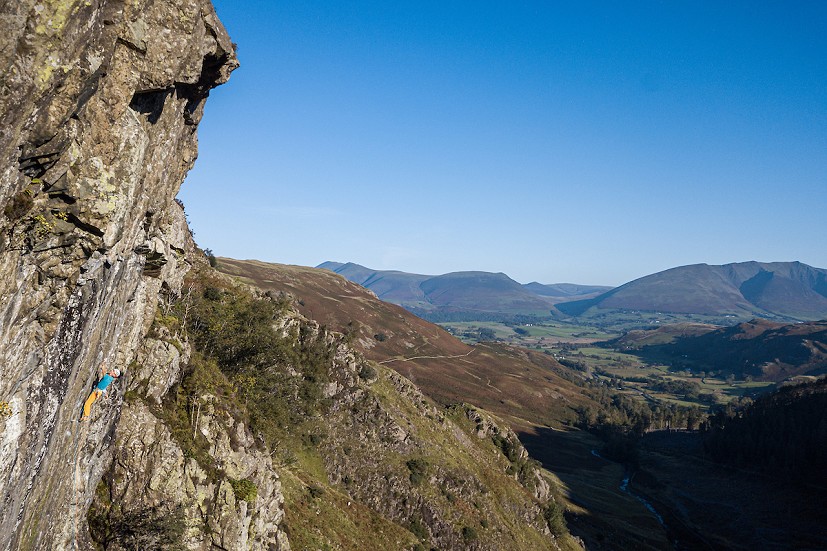
What training and preparation did you do?
For me, the toughest aspect of trying hard routes in the UK is syncing your training campaign with the weather conditions. I'd always vowed that I would wait for the perfect day to climb this line and if it didn't arise then I wouldn't attempt it. I had been up there previously feeling strong and confident, but decided not to go for the lead because temps were a fraction high on one occasion and the break was slightly too wet on another. Emma Twyford said the same when trying Big Bang; it wears away your morale and it's exhausting to hold your peak for prolonged periods when there's no end in sight.
As for training, I've never been one of these climbers who's just good all the time (not that I think there are many people like this) and I have to go through a very specific peaking process to get myself into the frame. I've always used replica boulders as I think they facilitate huge psychological gains, as well as the obvious benefits of training your muscles in the required pattern for the route. I made some trips down to London to boulder with Alex Lemel at Mile End, as it really helps me to train with climbers who are miles stronger than me and who have a gift for passing on motivation and good vibes. The most crucial part for me of all is syncing my nutrition with my training, which I only do when I'm aiming for a specific project. This enables me to unlock physical potential that I can't tap into otherwise and also helps me to dial into the required mindset.
Overall, to climb a limit-level trad project on a mountain crag in the UK, where conditions are fickle, you have to completely give yourself to it. There's very little spare time or energy for frivolity so you have to make a lot of sacrifices and put your 'serious head' on for long periods. You have to do absolutely everything in your power to maximise your chances because if you don't you will doubt yourself on the starting line, which of course is the precursor to things going wrong. It takes over your entire life, so you need to make space for it, not just in the diary but with the people who are closest to you and in your heart and mind. I owe a debt of gratitude to Anna Taylor, Adrian Nelhams and Jim Gordon for belay support and above all, to my wife Louise for putting up with me when I'm in manic project mode.



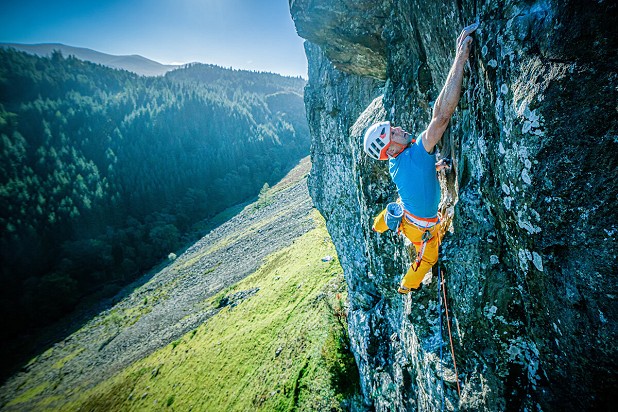
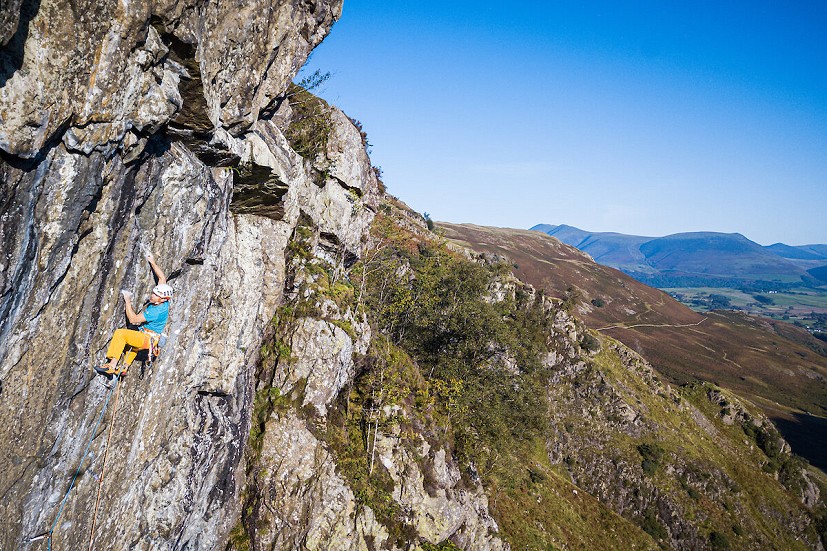
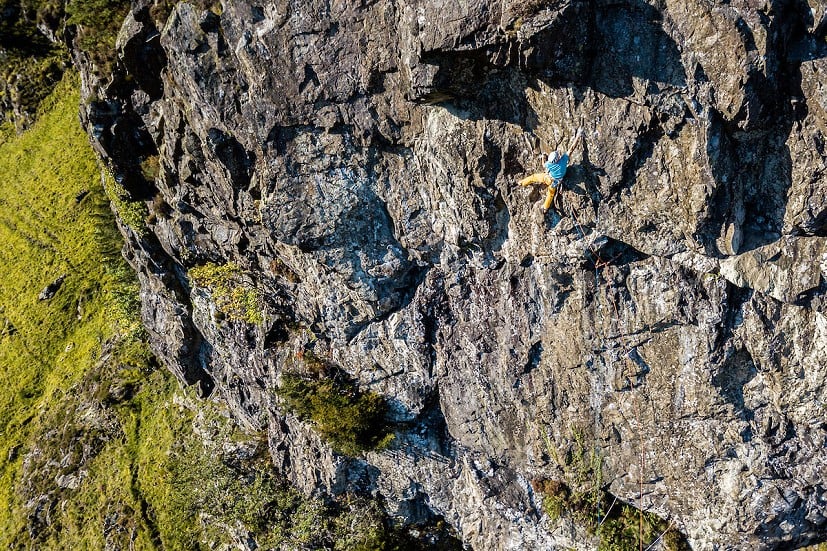


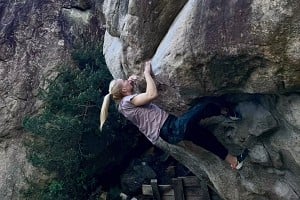
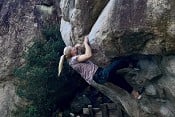


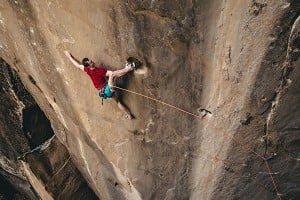
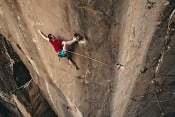


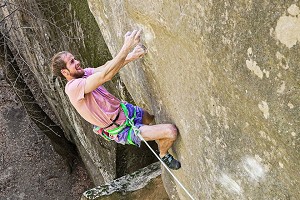
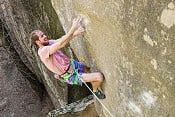

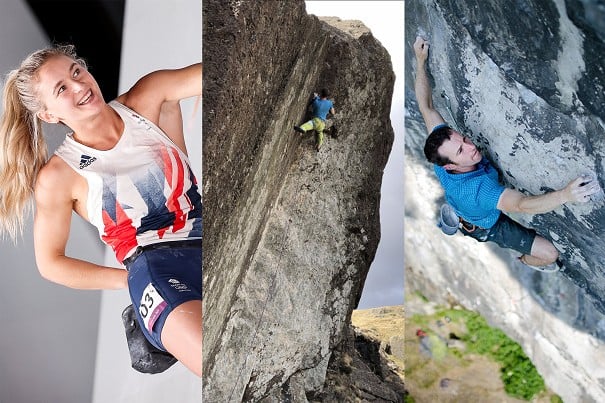
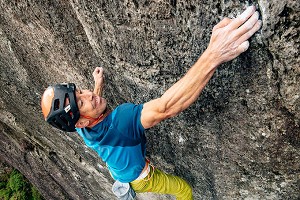
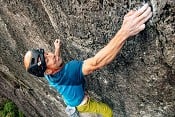

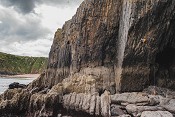
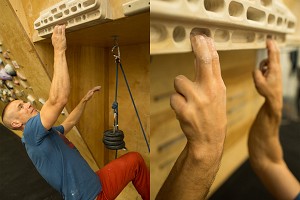
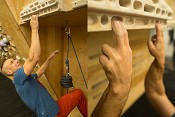
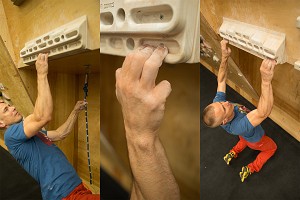

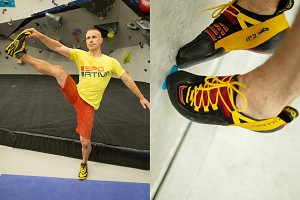

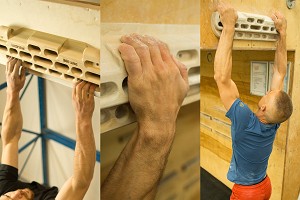
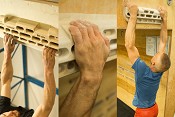
Comments
Amazing! And it shows how good Birkett is as well I had no idea that if 6 was 9 was in the early 90s.
Fine effort Neil, inspirational. I hear Mr Nelhams is still traumatised.
The hardest trad route he's put up, after all this time! Absolutely brilliant.
Still at the forefront of climbing 24yrs after doing Indian Face, a true master of all styles of climbing, brilliant achievement Neil.
Top effort.